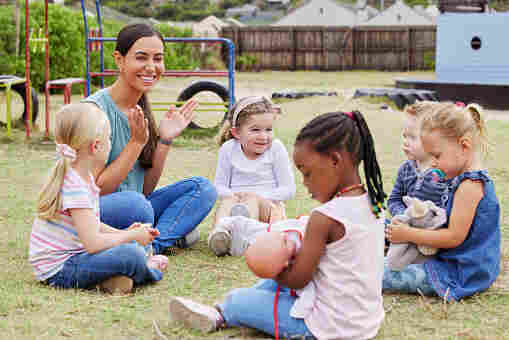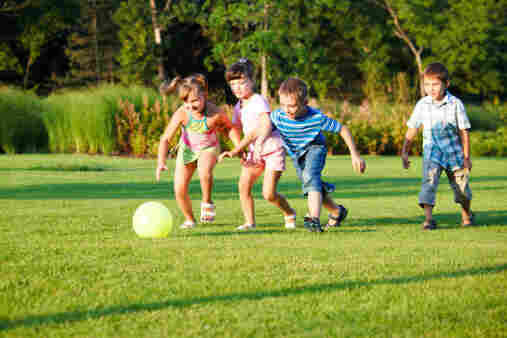
What is Myopia and What Causes it?
Myopia, also known as nearsightedness, is a common vision disorder that affects people of all ages. It occurs when the eye’s focusing power is too strong, resulting in blurred vision when looking at distant objects. The condition can be corrected with glasses or contact lenses and can even be prevented by spending more time outdoors. In this article, we will discuss what myopia is and what causes it, including the myopic shift and how outdoor time for children can help prevent its development.

Exploring the Link Between Outdoor Time and Lower Risk of Nearsightedness in Kids
Recent studies have shown that outdoor time can help reduce the risk of nearsightedness in children. This is due to the fact that outdoor activities, such as playing sports or running around, can help strengthen eye muscles and improve vision. Additionally, sun exposure has been found to be beneficial for children’s eyesight, as it helps in the production of Vitamin D which is essential for good eyesight.
Recent studies have shown that there is a strong link between outdoor time and a lower risk of nearsightedness in children. This is mainly because natural sunlight helps to reduce the amount of strain on the eyes, which can lead to myopia. Furthermore, it has been found that spending more time outdoors can also help improve overall vision health in children. As such, it is important for parents to ensure their children get enough outdoor time each day to help protect their vision health and reduce the risk of nearsightedness.
Nearsightedness is a common vision problem that can affect children at any age. It is important to take steps to prevent and reduce the effects of nearsightedness in children. Eye exercises are one of the most effective ways to help children curb nearsightedness. These exercises can help improve eye coordination, focus, and visual acuity, which are all important for good vision.
Benefits of Outdoor Activities to Reduce Nearsightedness in Children
Spending time outdoors has long been associated with improved physical and mental health. Recent studies have shown that outdoor activities can also help reduce nearsightedness in children. By engaging in activities such as hiking, running, and playing sports outdoors, children can improve their visual acuity and reduce their risk of developing nearsightedness.

Encouraging Kids to Spend More Time Outdoors to Prevent Myopic Shift
Recent studies have shown that encouraging kids to spend more time outdoors can help reduce the risk of myopic shift among children. This is because spending more time outdoors helps children’s eyes adjust to the natural sunlight, which is much brighter than the blue light from screens. Spending outdoors about 2 hours per day reduce the likelihood of children becoming myopic.
Therefore, it is important for parents to encourage their children to go outside and spend more time in nature. This can be done by participating in outdoor activities such as hiking, playing sports, or even just going for a walk. Additionally, blue light glasses can be used to reduce the amount of blue light exposure when using electronic devices indoors.
In conclusion, encouraging healthy habits such as spending more time outdoors and wearing blue light glasses can help prevent myopic shift in kids.

Tips on How Parents Can Get Their Kids Out
As parents, it can be difficult to get our kids out of the house and away from their screens. But with a few simple tips and tricks, we can make it easier for them to get out and enjoy the outdoors. Encourage children to explore the outdoors by providing them with fun activities and opportunities
Taking the time to explore the outdoors can be a great way for children to learn and grow. By providing them with fun, engaging activities and opportunities, you can help encourage their curiosity and creativity. These activities can range from simple hikes to more involved outdoor projects such as camping and orienteering. Parents, teachers, and mentors all have a responsibility to ensure that children have access to these experiences in order to foster a life-long love of nature.
Getting children outdoors has numerous benefits for their physical, mental and emotional health. Exposure to nature is known to boost concentration, reduce stress, improve motor skills and encourage creativity. Spending time in the great outdoors can also provide opportunities for kids to learn about the environment and build self-confidence.
With these tips in mind, you’ll be sure to get your kids up and out in no time!